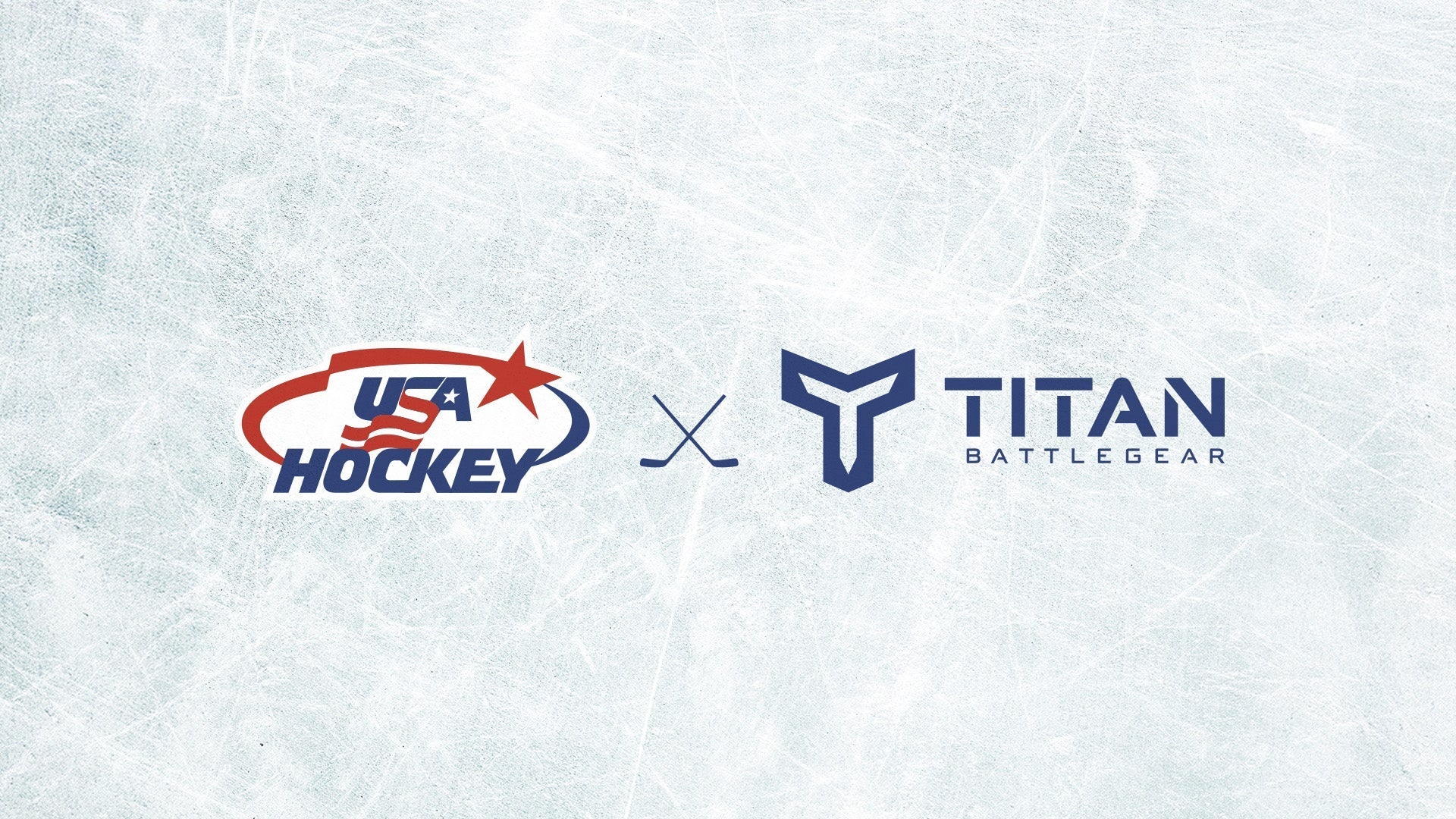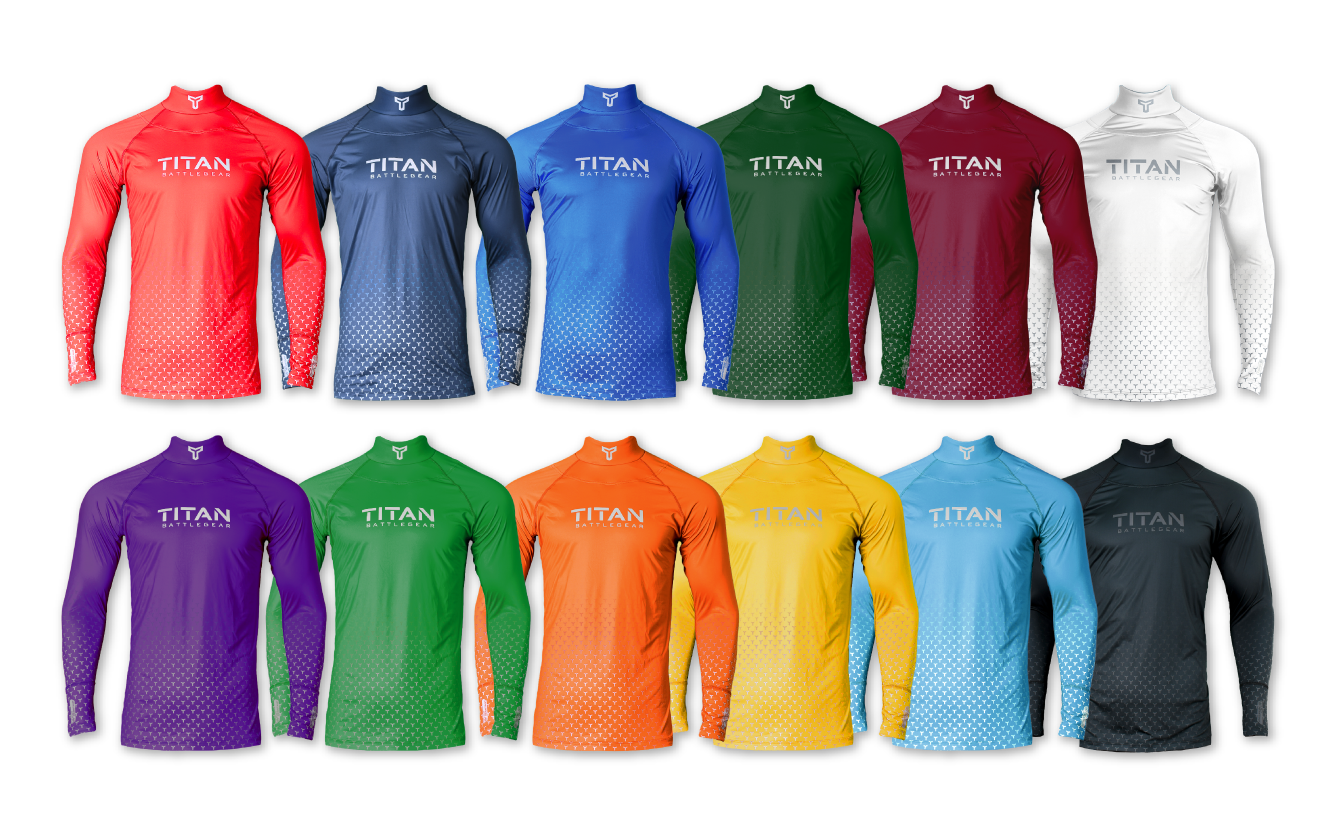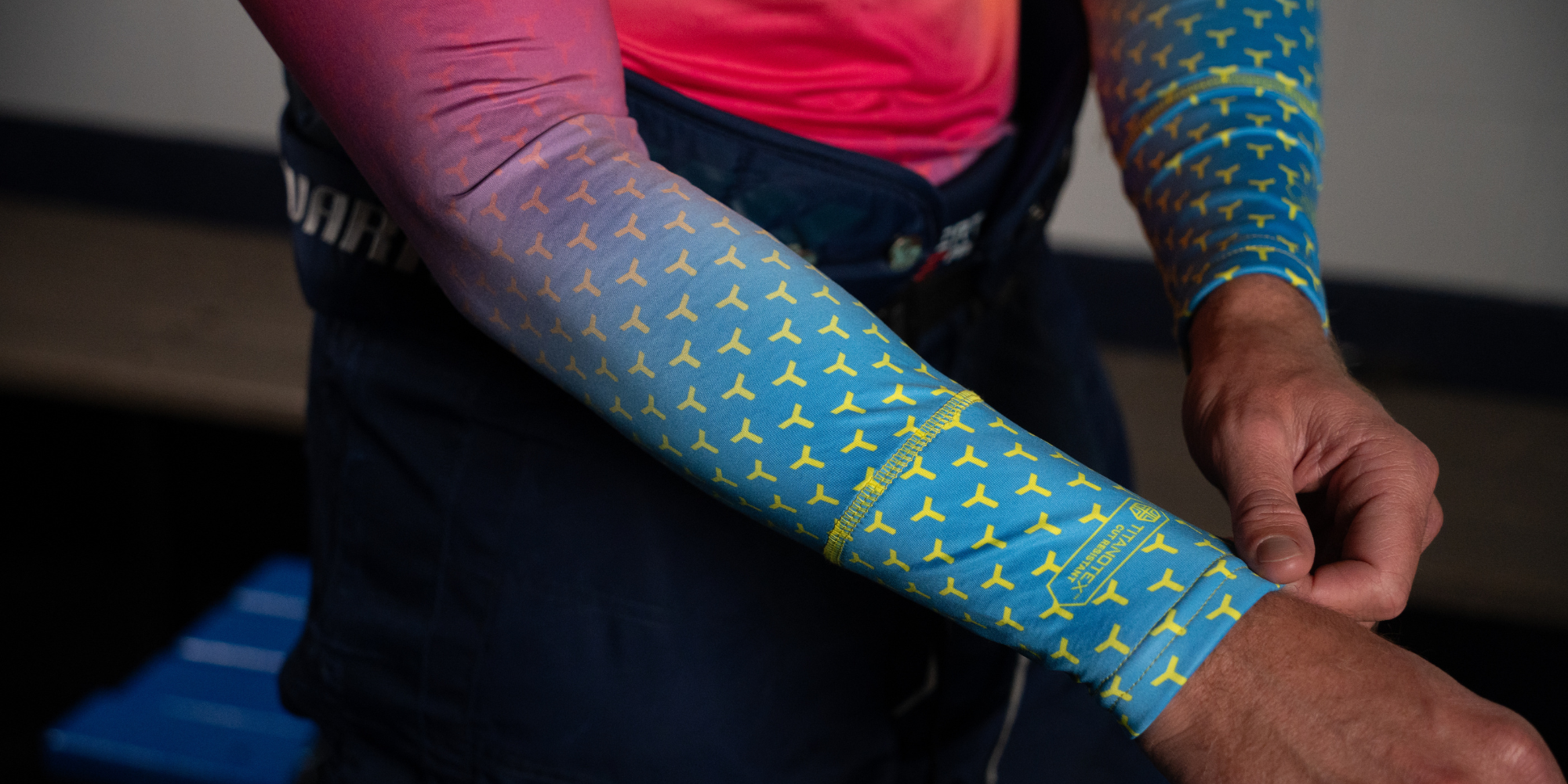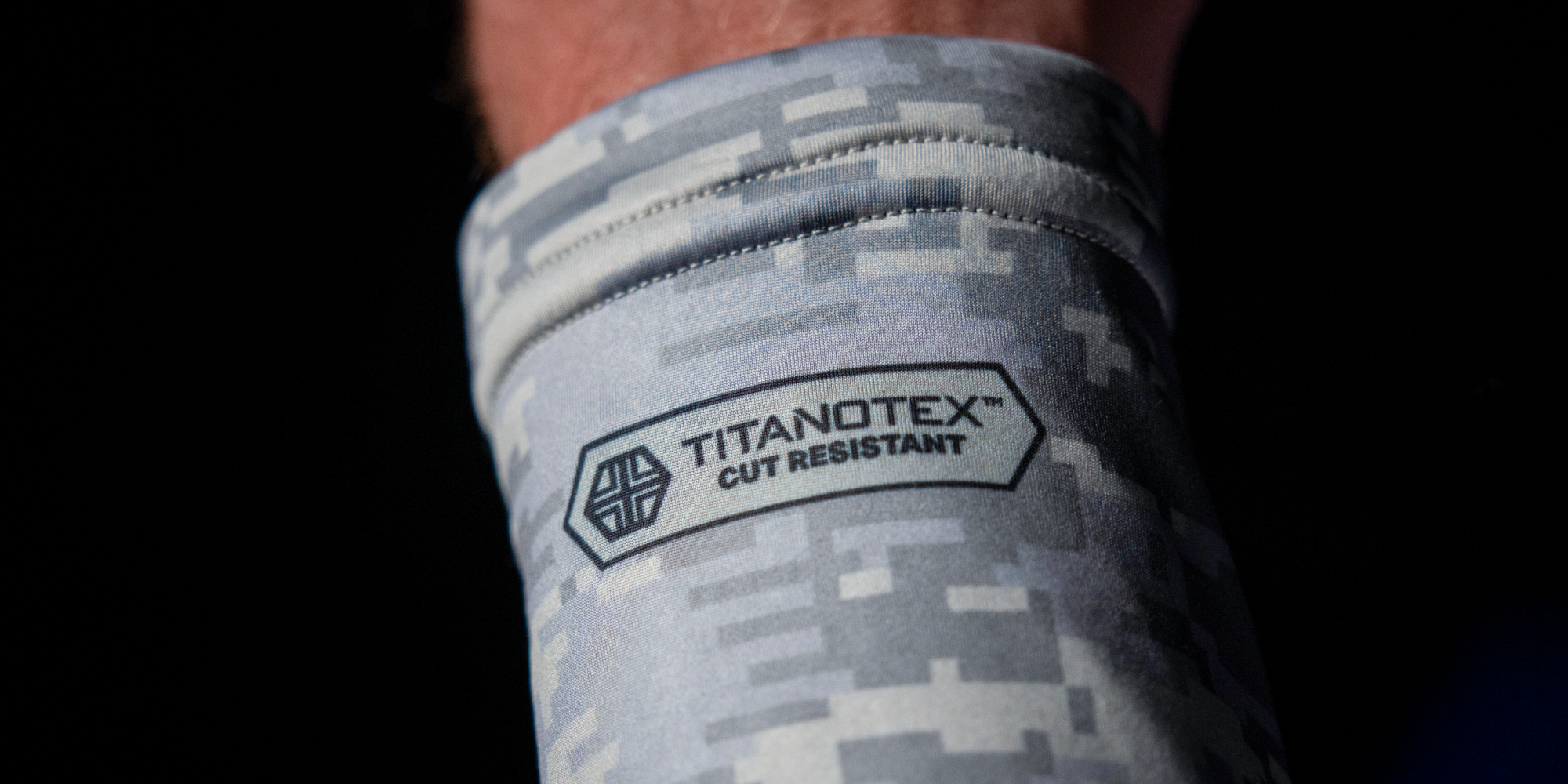As the sport of hockey continues to evolve, so does the conversation around player safety. One piece of equipment that has gained significant attention is the neck guard. Designed to protect players from potentially life-threatening injuries, neck guards are increasingly seen as essential gear, particularly in the wake of recent tragic incidents. But are neck guards truly worth it in hockey? In this blog, we'll explore the pros and cons to help you make an informed decision.
The Importance of Neck Guards in Hockey
Laceration Prevention: A Critical Safeguard
The primary purpose of neck guards is to prevent lacerations, especially from skate blades, sticks, or pucks. These injuries, while rare, can be catastrophic when they occur. The neck, being one of the most vulnerable areas, is particularly at risk. Protective materials like Kevlar and Spectra fibers, commonly used in neck guards, have proven highly effective in preventing cuts. Brands like Skate Armor and Reebok 11K have demonstrated through rigorous testing that their neck guards can withstand severe impacts, making them reliable choices for players looking to enhance their safety.
Recent Incidents Highlighting the Risks
The tragic death of former NHL player Adam Johnson due to a skate blade injury has brought the issue of neck protection to the forefront. This incident has sparked renewed discussions about the necessity of neck guards, not only in amateur leagues but also at the professional level. With more awareness of the risks, leagues, and players are reconsidering their stance on neck protection.
Pros and Cons of Wearing a Neck Guard
Pros: Why Neck Guards Are Essential
- Essential Protection: The most compelling reason to wear a neck guard is the protection it offers against severe injuries. For many players and their families, the peace of mind that comes from knowing a vital area is protected is invaluable.
- Compliance with Regulations: In many youth and amateur leagues, wearing a neck guard is mandatory. This ensures players are compliant with safety regulations, reducing the risk of injuries and potential penalties for non-compliance.
- Technological Advancements: As more players adopt neck guards, advancements in materials and design are making them more comfortable and effective. The evolution of this protective gear means players no longer have to choose between safety and comfort.
Cons: The Challenges of Wearing a Neck Guard
- Comfort and Movement: One of the main drawbacks cited by players is the discomfort that can come from wearing a neck guard. Some players feel that neck guards restrict their movement, potentially impacting their performance on the ice. However, this largely depends on the design and fit of the neck guard.
- Heat and Discomfort: During intense physical activity, neck guards can contribute to overheating, which may be uncomfortable for some players. This is a significant consideration, particularly in high-stakes games where maintaining focus and comfort is crucial.
- Cost Considerations: While neck guards are not prohibitively expensive, the additional cost of purchasing this gear can be a factor for some players, especially when considering other essential equipment. However, given the level of protection they provide, many would argue that the investment is well worth it.
Is a Neck Guard Worth It?
Given the risks involved and the protection offered, neck guards are certainly worth considering, especially for players in leagues where neck injuries are a known risk. For parents of young players, the decision to invest in a neck guard is often an easy one, given the added safety it provides. While there are some drawbacks in terms of comfort and cost, the benefits of wearing a neck guard far outweigh these concerns.
Titan Battlegear’s Commitment to Player Safety

At Titan Battlegear, we understand the critical role that protective gear plays in ensuring player safety. Our innovative Battlegear collection includes hockey shirts with integrated neck guards, designed to offer the highest level of protection without compromising on comfort. Made with our proprietary TITANOTEX™️ fabric, our neck guards provide superior cut resistance while remaining lightweight and breathable, addressing many of the common concerns players have about wearing additional protective gear.
Conclusion
While the decision to wear a neck guard ultimately comes down to personal preference, the growing awareness of the risks associated with neck injuries makes a strong case for their use. With advancements in technology making neck guards more comfortable and effective, they are becoming an increasingly common sight on the ice. For those who value safety and peace of mind, investing in a quality neck guard is a smart choice.
For more information on our products and to explore the latest in hockey safety gear, visit our cut-resistant technology page.









